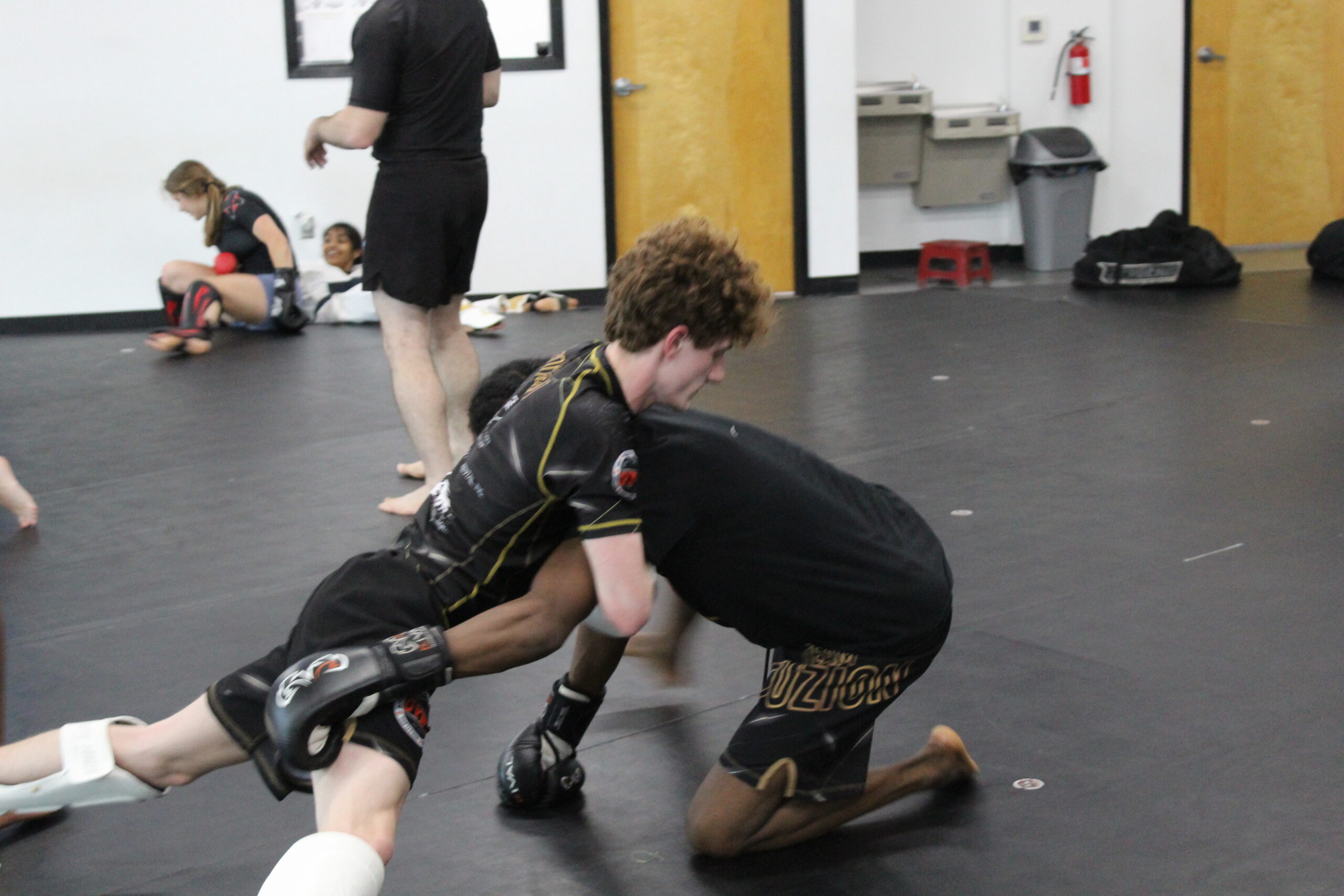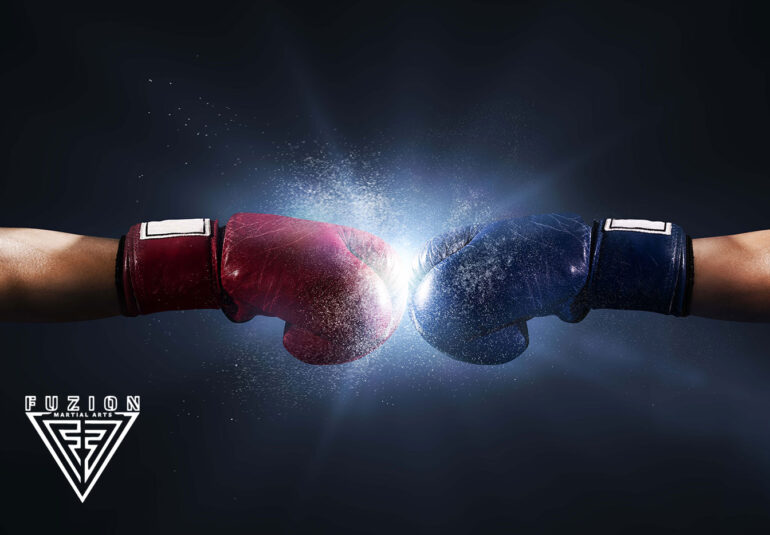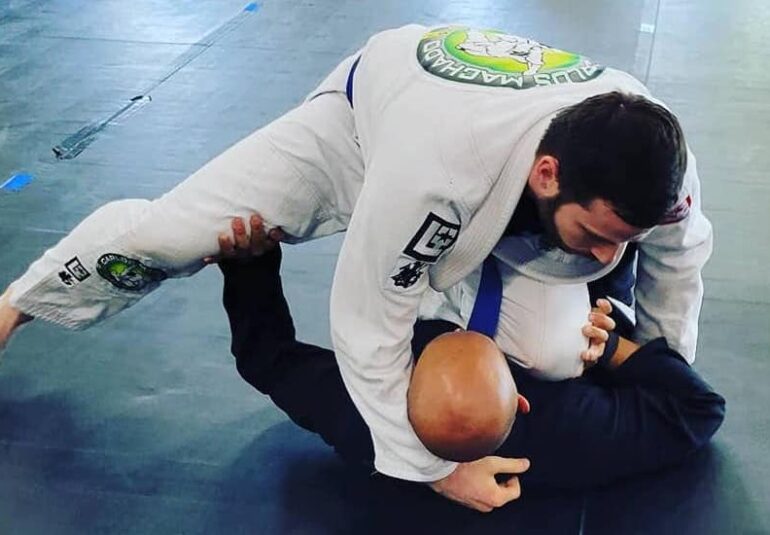
- 398
In recent years, the popularity of mixed martial arts (MMA) has surged, with people gravitating toward a blend of combat disciplines for fitness, self-defense, and competitive sports. Two of the most prominent and effective martial arts in this space are kickboxing and Brazilian jiu-jitsu (BJJ). While each art offers unique benefits on its own, learning both kickboxing and jiu-jitsu can provide a well-rounded foundation for physical health, mental toughness, and practical self-defense. Here’s a look at the advantages of training in both kickboxing and jiu-jitsu.
Complementary Skill Sets
Kickboxing and jiu-jitsu complement each other exceptionally well. Kickboxing focuses on stand-up striking—punches, kicks, knees, and elbows—while jiu-jitsu is a grappling art, emphasizing ground fighting, submissions, and control. By training both, you develop proficiency in both the striking and grappling ranges, making you a more complete fighter or self-defense practitioner. If you find yourself in a standing altercation, kickboxing skills will help you stay on your feet; if the fight goes to the ground, jiu-jitsu ensures you’re well-equipped to handle the situation.
Total Body Conditioning
One of the primary benefits of martial arts training is its effect on your overall fitness. Kickboxing is known for its cardio-intensive workouts that target the entire body, improving endurance, strength, and coordination. On the other hand, jiu-jitsu emphasizes core strength, flexibility, and functional movements, as well as offering excellent strength-building exercises through grappling.
By combining both disciplines, you get a comprehensive workout that balances cardiovascular conditioning, strength training, and flexibility. Whether your goal is to lose weight, build muscle, or just improve your fitness, training in both martial arts offers a full-body regimen that few other workout routines can match.
Improved Mental Resilience
Training in martial arts does more than improve your physical health; it builds mental toughness and resilience. Kickboxing challenges you to stay focused under pressure, quickly react to attacks, and push your limits during high-intensity training. Jiu-jitsu, meanwhile, requires problem-solving on the fly as you attempt to outmaneuver opponents on the ground.
Both arts force you to remain calm in stressful situations. By learning both, you cultivate the ability to think clearly whether you’re standing and trading strikes or grappling on the mat. This mental fortitude extends beyond the gym, helping you remain composed and confident in everyday life.
Effective Self-Defense
One of the biggest motivations for many people starting martial arts is to learn self-defense. Kickboxing teaches you how to deliver effective strikes from a distance, defend against attacks, and create space to disengage. Jiu-jitsu focuses on controlling an opponent in close quarters, escaping from dangerous situations, and using submissions or positional dominance to neutralize a threat.
In real-world scenarios, the combination of striking and grappling is extremely effective. Whether you need to defend yourself standing or on the ground, seamlessly transitioning between striking and grappling makes you more versatile and adaptable.
Enhanced Coordination and Body Awareness
Each martial art requires a heightened sense of body awareness but in different ways. Kickboxing sharpens your hand-eye coordination, timing, and balance, as you need to move fluidly while defending against strikes and delivering powerful attacks. Jiu-jitsu, on the other hand, enhances your proprioception—your ability to sense the position and movement of your body and your opponent’s in space.
Training both arts increases your overall coordination and body control. Whether you’re in a striking exchange or grappling on the ground, you’ll develop the ability to move efficiently and effectively, maximizing your energy while minimizing wasted movements.
Diverse Learning Experience
By learning two distinct martial arts, you’ll never face a plateau in your growth. Each art has its own rich history, techniques, and philosophies. The diversity of the learning experience keeps your training exciting and helps prevent burnout. You’ll also find that techniques from one discipline can often inform and enhance your performance in the other, creating a deeper understanding of combat and movement.
Additionally, training in both martial arts exposes you to different communities of practitioners. The culture of a kickboxing gym often differs from that of a jiu-jitsu academy, providing you with the opportunity to meet a wide range of people who share your passion for martial arts.
Building Confidence
There’s no denying the confidence boost that comes with learning how to protect yourself. As you improve in both kickboxing and jiu-jitsu, your confidence will grow—not just in your physical abilities but also in your overall sense of self. Knowing that you have the skills to handle a variety of situations allows you to carry yourself with more assurance in everyday life.
Training in both kickboxing and jiu-jitsu offers a wide range of physical, mental, and practical benefits. These arts complement each other, providing a comprehensive skill set for self-defense, fitness, and personal growth. Whether your goal is to become a well-rounded martial artist, enhance your fitness routine, or boost your confidence, combining these two disciplines can offer a rewarding path forward.


